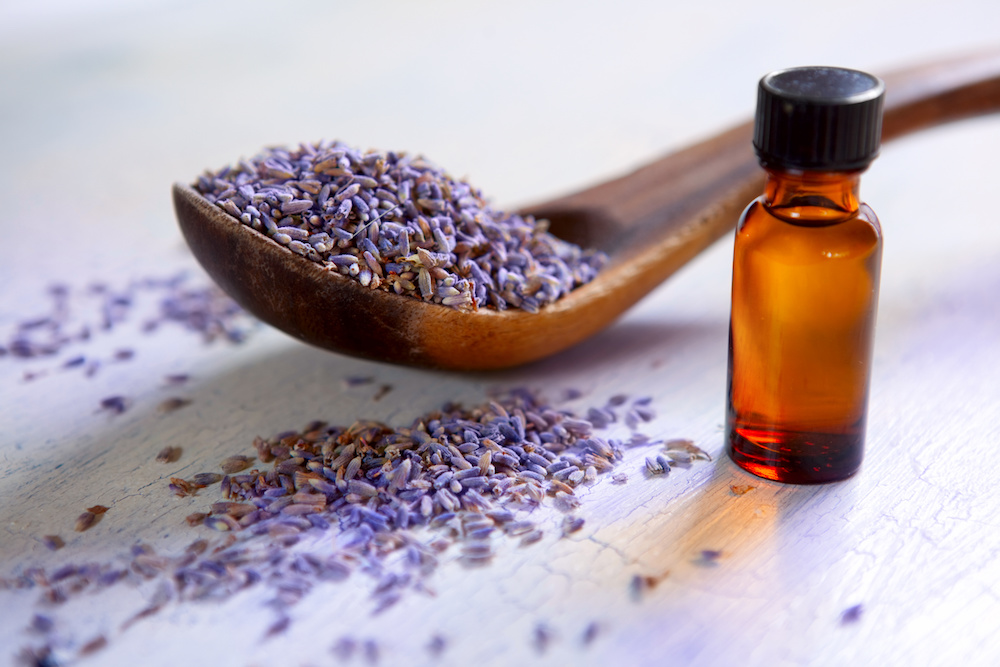It’s getting to be that time of year again! With the Holidays just around the corner (Yikes! Where did the year go?), we’re going to start seeing all those lovely DIY recipes again. You know the ones…do-it-yourself personal care products, perfect for little personalized gifts. And who doesn’t love a good do-it-yourself project?
Now don’t get us wrong, we love a good DIY project as much as the next person, but when it comes to DIY personal care products -those recipes that are seemingly everywhere- often leave quite a bit of information out.
Without searching too much, anyone can find recipes for just about everything. Whether it be bath salts, salves, lotions, diffuser blends, massage oils. You name it, you can find a recipe for it somewhere online.
The thing with using DIY recipes you found online, is that you never quite know if they’re leaving out any vital bits of info. Most recipes you find are portrayed as one-size-fits-all, when really, using essential oils is much more complex than that.
I mean, they’ll all give you a list of ingredients to gather, generally they’ll point you in the direction of all the cute little containers and they’ll be sure to tell you just how to create your own personal care products, ready for gifting.
But what aren’t they telling you?
When you’re following any recipes for personal care products, there are three things to always keep in mind.
Dilution, dilution, dilution! It’s the one thing that makes me cringe the most when I see all these well intentioned recipes. The amount of essential oils they suggest to add is quite often 2-4x the amount they really should have (if we’re being safe and giving essential oils the respect they need). Maybe it’s just me, but that’s frightening!
When you’re making a personal care product, you need to have in mind who you’re making it for. Are you making it for a child? A healthy adult? Or for someone who’s sick or elderly?
During each stage in our lives our body’s processes work differently and subsequently we require different dilution rates. The body of a child for example (in this case meaning anyone under the age of 10) isn’t yet fully developed, requiring a much lower dilution rate. Whereas the body of a healthy adult is fully developed and can process a higher dilution. But for the elderly, or the sick, more care has to be taken and a lower dilution rate needs to be used so as not to overload their body.
Essential oils are 100% concentrated and always need to be treated with respect!
Recommended dilution rates:
Child (0-2 years) – 0.5%
Child (3-10 years) – 1%
Healthy Adult – 2.5%-5%
Elderly – 1%-2.5%
For products that will be used on the face, it’s best not to exceed 1% dilution rate as the skin on the face is much thinner and more sensitive.
And you know all those cute little containers all those DIY recipes point you to. While they may be super cute, they’re not always the best way to store your homemade products. Whenever you’re making something that contains essential oils, it’s always best stored in a dark (preferably glass) container. It doesn’t matter if it’s blue, green, brown or purple, so long as it’s a dark container. Why? Simply because essential oils can oxidize over time. This process of oxidization is sped up when essential oils are exposed to heat and light. So it’s always the best practice to store your oils and oily creations in a dark container and keep them in a cool, dark place.
Perhaps the most important thing a lot of those recipes tend to leave out, is talking about any possible contraindications. Just because essential oils are all natural, doesn’t make each oil safe for everyone.
So whenever you’re making something using essential oils, it’s always important to check for any contraindications. Even if you’re just makings something for yourself!
If you’re unsure, or don’t know where to find that information- just ask an Aromatherapist!
